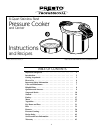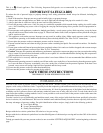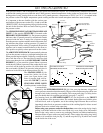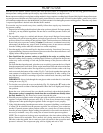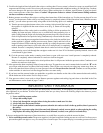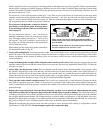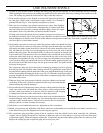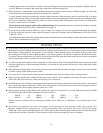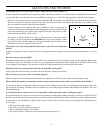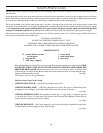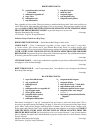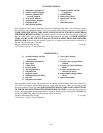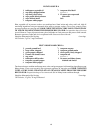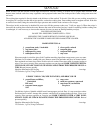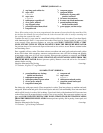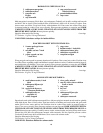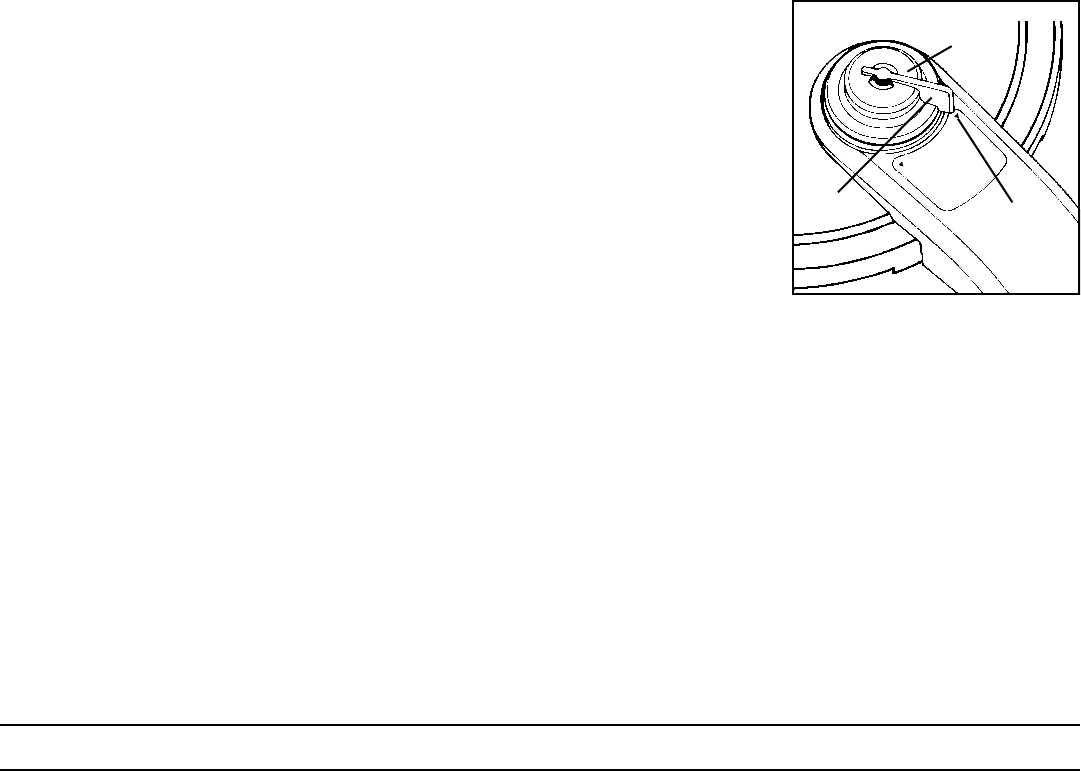
5
P
R
E
S
S
U
R
E
/
S
T
E
A
M
R
E
L
E
A
S
E
Pressure Regulator/Steam
Release Valve
Lever
Quick Steam
Release Position
Fig. J
8. Cook for the length of time indicated in the recipe or cooking chart. If excess steam is allowed to escape, too much liquid will
evaporate and food may scorch. Never leave your pressure cooker unattended at high heat settings. It could boil dry, overheat,
and cause damage to the pressure cooker and stovetop. When cooking time is complete, turn off burner. If using an electric
stove, remove pressure cooker from burner. Caution: Lift pressure cooker to remove it from burner. Sliding cookware
can leave scratches on stovetops.
9. Reduce pressure according to the recipe or cooking chart instructions. If the instructions say “Let the pressure drop of its own
accord,” set the pressure cooker aside to cool until pressure is completely reduced. If the instructions state, “Release pressure
quickly,” you can release pressure safely using either of the following quick cool methods:
A) Turn the pressure regulator/steam release valve counter-clockwise until the lever on
the regulator is aligned with the steam release arrow (Fig. J). Steam will be rapidly
released.
Caution: Misuse of the cooker (such as overfilling, failing to follow procedures for
soaking dry beans and peas, failure to use a covered bowl when preparing rice, or
quick cooling when the recipe calls for letting the pressure drop of its own accord) can
result in liquid and/or food particles being simultaneously released with the steam.
If this occurs, turn the pressure regulator/steam release valve clockwise until the lever
on the regulator is aligned with the pressure arrow. Steam, liquid, and food will no
longer be released. Finish reducing pressure quickly by cooling the pressure cooker
under a running water faucet or pour cold water over it until pressure is completely
reduced. Pressure is completely reduced when the air vent/cover lock has dropped.
After removing cover, look through the vent pipe to make sure it is clear. If it is blocked or partially blocked, clean it with
a small brush or pipe cleaner.
B) Cool the pressure cooker under a running water faucet or pour cold water over it until pressure is completely reduced.
Pressure is completely reduced when the air vent/cover lock has dropped.
If the air vent/cover lock remains in its raised position, there is still pressure inside the pressure cooker. Continue to cool
until the air vent/cover lock drops.
10. After pressure has been completely reduced, remove the cover. To open the cover, turn it counterclockwise until the “” on the
cover aligns with the arrow on either of the body handles. Then, lift the cover toward you to keep any steam away from you.
If the cover turns hard, there still may be some pressure in the unit. Do not force the cover off. Continue to cool the pressure
cooker until the air vent/cover lock has dropped and the cover turns easily.
11. If you have used the steamer basket, use potholders to grab the two handles on the sides of the steamer basket and carefully
lift the basket out of the cooker. Food is ready to serve.
12. Your pressure cooker is now ready to clean. Remove pressure regulator and sealing ring and clean as described in the Care
and Maintenance section found on pages 7 and 8.
IMPORTANT SAFETY INFORMATION
Cooking under pressure enables you to prepare food both quickly and deliciously. If used properly, your pressure cooker is one of the
safest appliances in your kitchen. To insure safe operation, make sure you always observe the following simple rules whenever you use
the pressure cooker:
1. Never overfill the pressure cooker.
2. Always add cooking liquid.
3. Always look through the vent pipe before closing the cooker to make sure it is clear.
4. Always fully close the pressure cooker.
5. Never open the cooker when it contains pressure (when the air vent/cover lock is in the up position, there is pressure in
the cooker).
6. Replace the overpressure plug when it becomes hard, deformed, cracked, worn or pitted, or when replacing the sealing
ring. Replace the sealing ring when it becomes hard, deformed, cracked, worn, pitted, or soft and sticky.
So that you understand the importance of these instructions, we would like to acquaint you with the reasons for them:
1. Never overfill the pressure cooker. The pressure regulator is designed to maintain cooking pressures at a safe level. It relieves excess
pressure through the vent pipe as a very, slow steady flow of steam escapes. The overpressure plug is a secondary pressure relief valve



